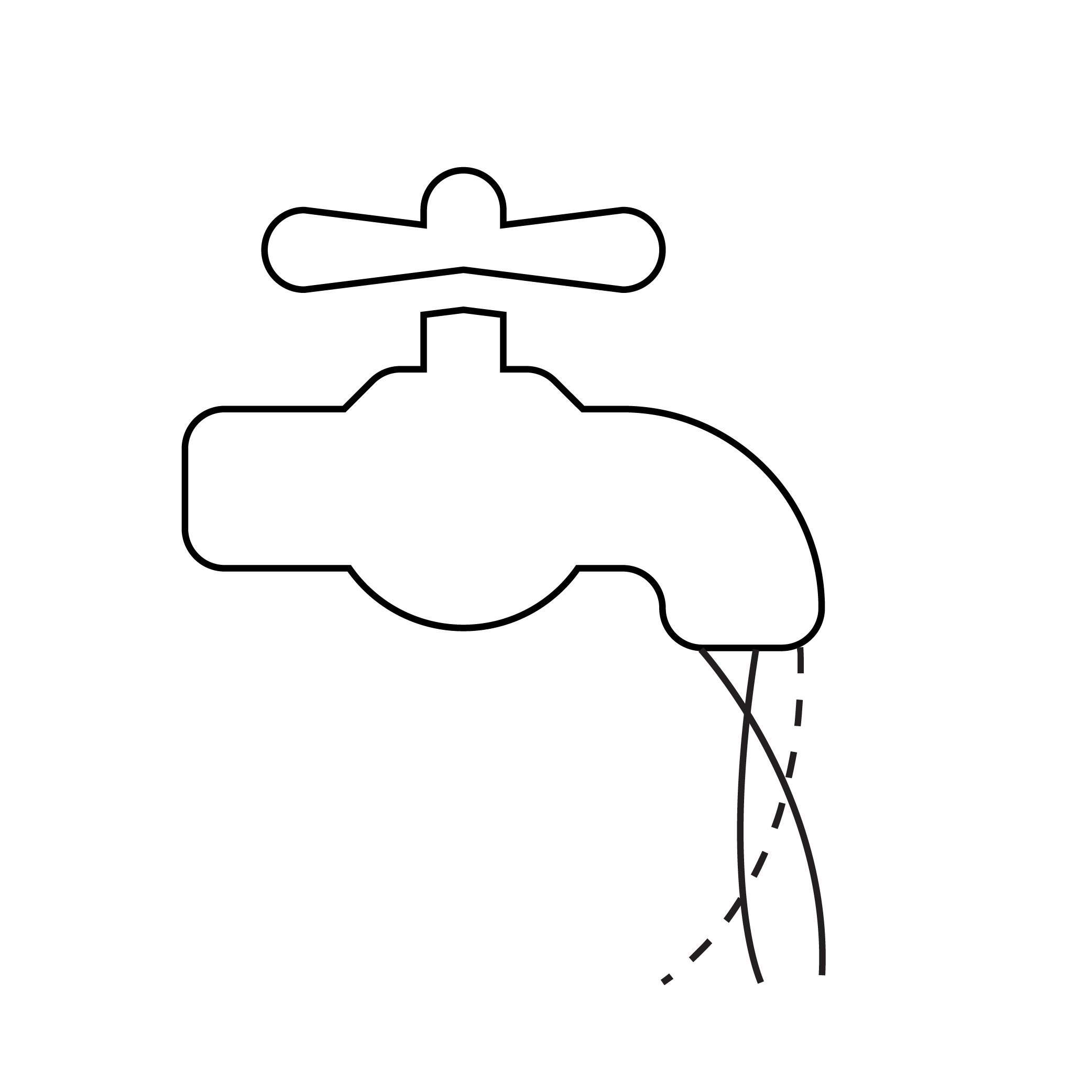
76 million
Gallons Saved
Notifying ratepayer of leak detection
The expanded leak detection program notifies customers with intermittent overnight use of a possible leak when the resulting nighttime consumption ratio is greater than 2. For properties that usually have regular overnight use, the criterion is slightly more conservative and triggers a notification when the ratio is greater than 4. The notification system leverages a customized version of the communications software SFPUC uses for emergencies and runs automatically. Notifications are sent through all available communication methods, first prioritizing SMS text and email, followed by automated phone call and mailed letter.
The SFPUC includes a survey with every leak alert notice to collect more information about leak incidents. Reported causes of identified leaks have ranged from six leaking toilets at a hotel, to a malfunctioning laundry machine in a 44-unit multi-family home, to unnoticed vandalism of a hose bib and to taps being left on accidentally after work hours. As a result of the notifications, approximately 11 percent of CII and 19 percent of large multi-family accounts are notified of a potential leak every year. Of those notified in the last year, 88 percent stopped constant use within four weeks.
Since adding large multi-family units and CII accounts to SFPUC’s leak detection program, the agency has realized an additional 30 million gallons of water savings per year. This brings the total savings across the leak detection program (including single family, small multi-family, and irrigation accounts) to approximately 76 million gallons per year. Depending on the customer sector, this represents a 20 to 50 percent reduction in volume of water lost due to leaks.
